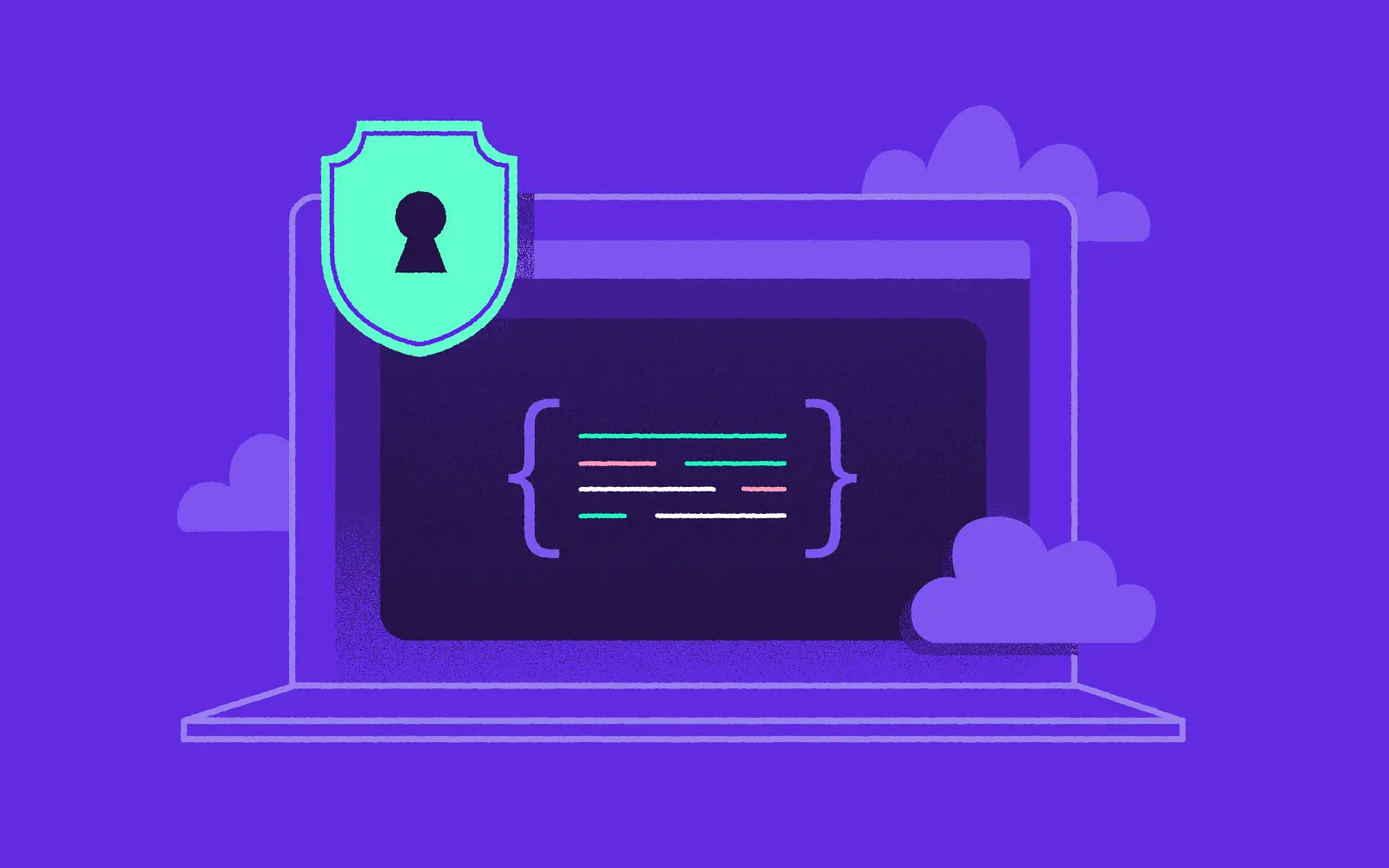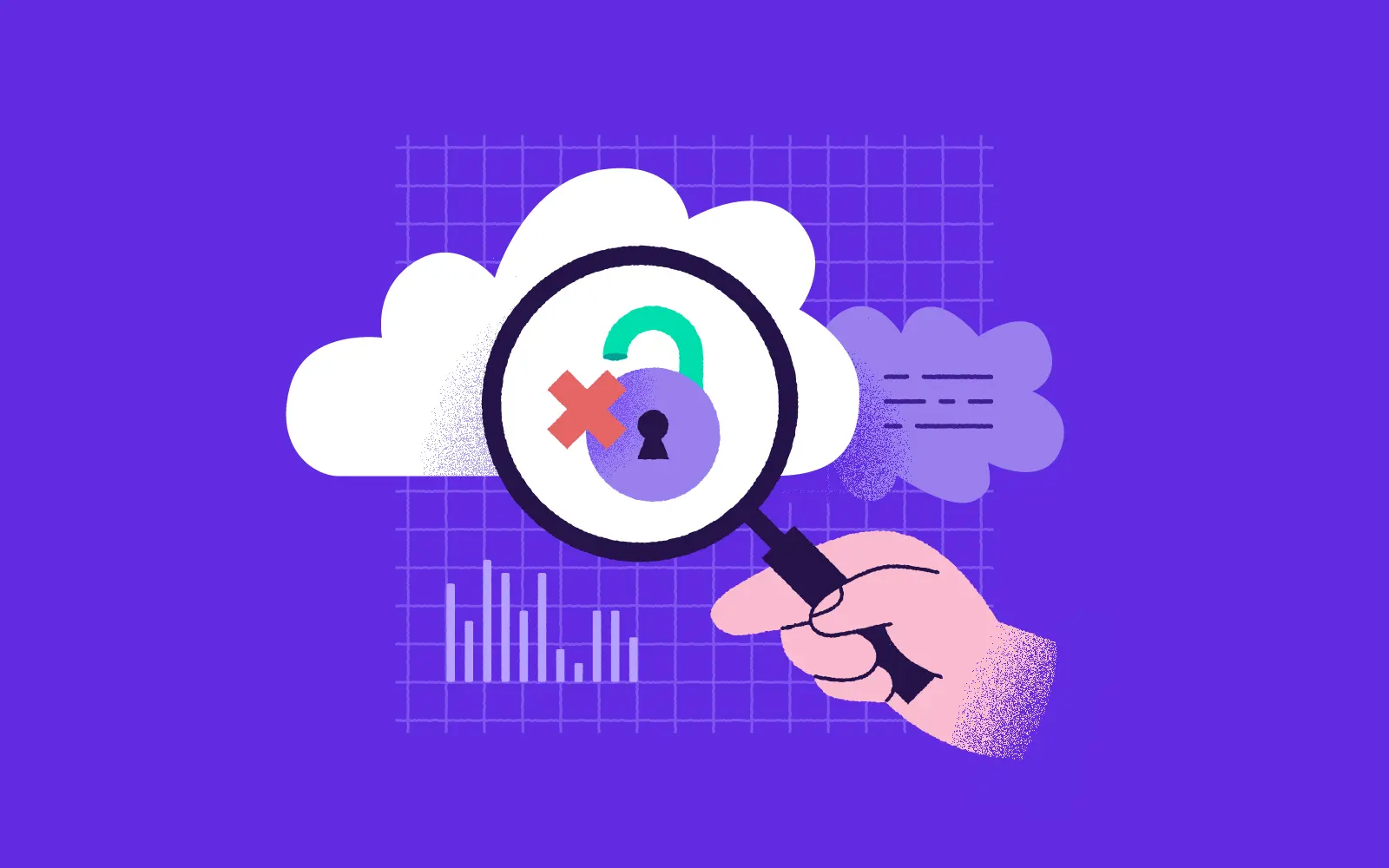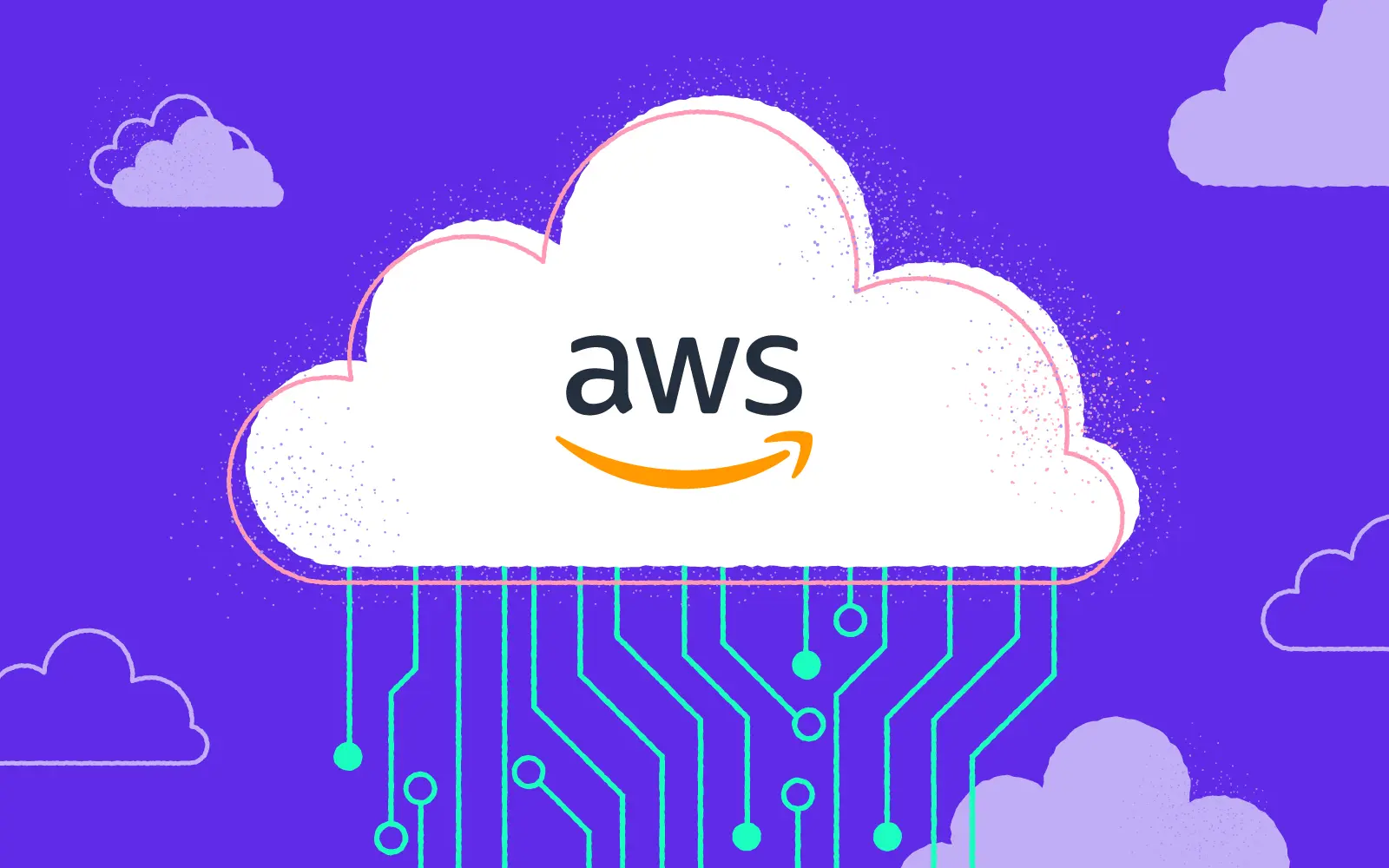
Traditionally, companies used to set up their own huge data centers and deployment servers, spending tons of cost and effort only to ensure that the hardware that has to run the underlying application is up and running smoothly. Nowadays, this additional effort of setting up the infrastructure has been taken over by cloud providers who ensure the high availability and reliability of servers and other infrastructures by exposing them as a service to consumers. This is indeed a revolutionary change when it comes to DevOps.
In this blog post, we will start by briefly revisiting the ideas of serverless computing and cloud computing. After that, we will look at the advantages and disadvantages of each of them. Towards the end, we will identify the use cases and scenarios in which serverless or cloud computing can serve the best.

Comparison between cloud and serverless computing
Where every new technology or development in technology provides various beneficial use cases, it brings along some disadvantages as well. At the end of the day, it depends on the consumers to identify the pros and cons and fit that technology for their operational use cases.
All the specifications and definitions that we learned above, formally categorized into two broader concepts of cloud i.e. Software-as-a-Service (SaaS) and Function-as-a-Service (FaaS). Cloud computing is based on SaaS whereas serverless computing operates on the FaaS model.

A brief overview of cloud computing
Cloud computing is a phenomenon where the computer hardware services; be it computing services, database services, network services, all are available via a cloud. The cloud providers host these services on their infrastructure and provide them as a service to the technology consumers. You may already know that there are many cloud providers, and eventually cloud computing resources, right now out there in the market but a few popular names are AWS, Azure, Google Cloud, and IBM Cloud.
Cloud computing works on an on-demand model which means that you can request computing resources anywhere and at any time and these cloud providers will have them ready for you after a few initial configuration steps.
If we talk in terms of concrete examples, AWS’s Elastic Compute Cloud (EC2), Simple Storage Service (S3), Relational Database Service (RDS) are all examples of services that are offered to facilitate cloud computing for consumers.

A brief overview of serverless computing
Serverless computing is an extension of cloud computing in a way that it also utilizes the idea of cloud to offer services but with a slightly different strategy and use case. In serverless computing, you do not even have to worry about the infrastructure and hardware configurations; it is all managed by the cloud provider itself.
Unlike cloud computing, which is an on-demand experience, serverless computing operates on a pay-as-you-go model. It means that the consumers are only going to be charged for the number of times their piece of code runs on a serverless service.
In terms of a concrete example, Lambda is, by far, the most popular serverless computing resource offered by Amazon Web Services (AWS) that allows you to connect your code with a lambda function and it would execute as needed.

PaaS vs. FaaS serverless models
Platform as a Service (PaaS) and Function as a Service (FaaS) models are quite different, and have different use cases, which is why its worth delving deeper into these two scenarios.
PaaS - Here you’re cutting out servers, but you’re not touching your underlying code or enforcing any new coding practices. Docker containers are often put to use here, with snapshots of the app being deployed quickly across multiple servers.
However, note that the ‘serverless’ aspect here depends largely on which service you’re using. With AWS Fargate andAzure Container Instances there’s no need to worry about servers, but with others, including Heroku, you’re still charged per server, but you don’t need to worry about self set-up.
FaaS - Here, the idea of servers is removed completely. Instead, your code is triggered, it runs a quick function and then charges you for the memory and compute time used. Essentially, your app is broken down into its component parts with each one separately developed.
Advantages and disadvantages of cloud computing
As we discussed earlier, cloud computing operates on an on-demand model. The hardware services are available over a network. This approach is very beneficial but, in some cases, it might not fit your needs. The following are some of the advantages and disadvantages of cloud computing.
It is with no doubt that we mention that cloud computing is one of the most reliable modes of service consumption. The way modern cloud providers work is bound to ensure that any update to your data or service is effectively preserved and will not be lost. Since these services are available on a cloud over a network, they are always available to you as long as you have the necessary permissions to access them.
One of the key advantages of cloud computing is that it offers huge data storage capacity and also facilitates faster deployment cycles. Other than that, cloud computing and services are highly affordable as compared to on-premise server infrastructure.
Having discussed the advantages, cloud computing has some clear disadvantages as well. Since it is a service available over the internet, having internet connectivity issues is a pain! Lack of official technical support can be considered as one of the key disadvantages of this entire cloud computing ecosystem. Other than that, since it is a shared cloud, it is by default prone to security threats. Hence you need to define strict security protocols that highly ensure a secure and stable system; otherwise, you might have to experience some troubles.

Advantages and disadvantages of serverless computing
Serverless computing has revolutionized the way cloud computing used to behave. It has given a lot of flexibility at the consumers’ end to choose whichever model best suits their application. As good as it looks, serverless computing also has some cons. The following are some of the advantages and disadvantages of serverless computing.
We discussed earlier that serverless computing operates on a pay-as-you-go model and all the infrastructural hardships are taken care of by the cloud providers themselves. This is one of the key advantages of serverless computing where you do not have to worry anything about the server; no configurations, no maintenance checks, no updates, etc. You only focus on the code that runs behind the serverless service and you are done! Moreover, serverless computing services are only used when they are needed. This results in a massive savings of operational costs and eventually reduces your expenses. Similar to what we had in cloud computing, serverless deployments are also quick and reliable. Other than that, due to the internal architecture of serverless computing services, can result in reduced latency for the overall code execution.
Having said that, serverless computing is an entire science that is smartly handled by cloud providers. It is not at all easy to mimic the serverless patterns in your local development environment. This results in a hard time during testing and debugging the code deployed on a serverless service. Moreover, serverless architecture is not meant to operate for long-running tasks and hence it should be carefully dealt with when it comes to the selection of tasks that go into the serverless ecosystem.
Use cases of Serverless computing
There are some use cases in which serverless absolutely makes sense. We’ll talk you through some of the main ones.
1. If you have significant amounts of traffic on your website
If you’re the owner of a static website which is still being served from an EC2 instance, your performance may well be struggling. With a serverless option you’re able to host your site on an S3 bucket and at the same time serve your assets from a fast, worldwide cloud delivery network. It will improve your speed and performance, and also likely save you a considerable amount of money.
2. If you’re building a hybrid mobile app
Creating hybrid mobile apps with a serverless backend enables developers to take advantage of the benefits of serverless computing while at the same time releasing apps which perform just like native apps. One of the major benefits is that these apps are easy to scale as the user base grows.
3. If you deal with large amounts of multimedia files
Serverless architecture works well if your company deals with significant amounts of images and videos. It makes sense to use something like AWS S3 to store your data. In such a situation, an upload event will trigger a lambda function after each successful upload that processes your file asynchronously. This means that your users will be able to continue using your app while a highly available and scalable back-end service processes your uploads. The user experience is not affected.
4. If you’re looking to automate CI/CD pipelines
Continuous integration and continuous delivery allow your developers to integrate and deliver code frequently and reliably. Using serverless to automate your CI/CD workflows will lead to improved efficiency, leaving your developers to focus on what’s important.
5. If you’re managing Big Data
On the whole, setting up and maintaining big data infrastructures is never an easy task. But with serverless computing, you can make use of services such as Amazon Athena, Amazon Kinesis, AWS Glue to build scalable data pipelines.
In short, if you’re looking to improve your development speed, you’re looking to implement automatic scaling, or you want to lower your runtime costs, serverless is the way to go.

When might serverless not be the answer?
It's important to remember that serverless architecture has its drawbacks too and there are certain scenarios in which you might find that containers are actually the way to go.
As the official Serverless framework website points out:
“Containers are great if you need the flexibility to install and use software with specific version requirements. With containers, you can choose the underlying operating system and have full control of the installed programming language and runtime version.”
Remember that you can operate containers using different software stacks in a large container fleet. This might be particularly useful if you need to migrate an old system into a brand new containerized environment.
In short, containers are great for migrating legacy services, or if you’re looking for flexibility.
Conclusion
So, here we are! Hopefully you’ve got a good idea of the benefits of cloud and serverless, and the top use cases of the latter. Nevertheless, the prerequisite behind both, cloud computing and serverless computing, the cloud ecosystem, has indeed revolutionized the way the modern web used to operate.



